By Manisha Sahu, America News World
October 22, 2025
As a fragile ceasefire holds in Gaza, many pro-Palestinian activists in the United States are reflecting on the recent wave of protests that swept across college campuses and cities nationwide. While the truce has brought a pause to the violence, it has also sparked introspection among those who marched, rallied, and camped out in solidarity with Palestinians — some of whom are now questioning the impact of their activism.

In interviews with a dozen students, community organizers, and academics across the country, a common theme emerged: the pro-Palestinian movement, though passionate and vocal, is now more chastened and wary. Activists described facing not only the logistical challenges of organizing demonstrations but also intense scrutiny from university administrations, law enforcement, and the wider public.
Also read:- Louvre Heist: $100 Million Crown Jewels Stolen in Paris
Harry Campbell, who was a few weeks from graduating in the spring of 2024, recalled joining hundreds of demonstrators at Washington University in St. Louis. “We wanted to show solidarity with Palestinians suffering under Israel’s bombardment,” he said. “It felt like a moral imperative at the time — part of a global struggle for the oppressed.”
Campbell, however, is now less sure that the protests achieved their intended goals. “Even with a ceasefire, I can’t say for certain that our actions made a difference,” he admitted. “We learned a lot about the mechanics of protest, but also about the limits of our influence.”
Similar reflections were voiced by students at the University of Chicago, where police raided and dismantled a pro-Palestinian encampment. Witnesses described tense confrontations, moments of fear, and an overwhelming sense of scrutiny. “It was empowering to be part of a movement, but it was also humbling to see how much opposition exists even to peaceful demonstration,” said Leila Ahmed, a graduate student who participated in the encampment.
Across the country, protests were organized in a variety of formats — sit-ins, teach-ins, rallies, and social media campaigns — but organizers consistently faced pushback. At some universities, administration officials issued warnings about potential disciplinary action; in other cases, local authorities deployed police to monitor demonstrations closely. Activists noted that public opinion was sharply divided, with some Americans expressing strong support for the Palestinian cause while others criticized the protests as disruptive or politically biased.
Also read:- Trump, Modi Discuss Trade and Russian Oil During Diwali Call
“The backlash was a sobering lesson in power and politics,” said Jamal Harris, a sociology professor who has studied student activism. “It’s not enough to have righteous intentions. Movements must navigate institutional structures, public sentiment, and media framing — all of which can constrain the effectiveness of protest.”
Despite these challenges, the activists emphasized that their efforts were not entirely in vain. The protests generated widespread discussion about the humanitarian crisis in Gaza, prompting some Americans to reconsider their views on U.S. foreign policy and Israel-Palestine relations. Social media amplified voices that might otherwise have gone unheard, allowing organizers to share personal stories, educational resources, and calls to action.
“The protests were part of a broader cultural moment,” said Ahmed. “Even if we didn’t change policy overnight, we raised awareness and created spaces for dialogue that didn’t exist before.”
Yet the sense of caution among activists is palpable. Many expressed concern about the sustainability of political dissent in an era of increased surveillance, campus regulations, and polarized discourse. Some students admitted feeling disillusioned, realizing that moral clarity does not always translate into political impact.
“It’s exhausting,” said Campbell. “You want to do good, but you also see the pushback and wonder whether your time and energy could be used more effectively.”
Experts note that such reflection is not unusual in social movements. Movements often experience cycles of enthusiasm, pushback, and recalibration. In the case of the pro-Palestinian movement, the intensity of recent protests — fueled by images of destruction and humanitarian suffering in Gaza — collided with structural and political realities in the U.S.
Harris emphasized the importance of learning from these experiences. “Activists need to develop strategies that are both ethically grounded and tactically effective,” he said. “That may mean focusing on sustained advocacy, coalition-building, or legislative engagement rather than only high-profile demonstrations.”
For many, the ceasefire is a bittersweet moment. It offers hope for a pause in the immediate violence but does not resolve the deeper political conflicts that led to the crisis. Activists are left to grapple with questions about what it means to stand in solidarity from afar, how to influence policy, and how to maintain momentum without burning out.
“I still care deeply about the cause,” Ahmed said. “But I also recognize that protest is not the only tool. Education, community organizing, and political engagement are equally important.”
The recent wave of pro-Palestinian activism serves as both a reminder of the power of collective action and a cautionary tale about its limits. For the students and activists involved, it has been a period of passion, confrontation, reflection, and learning. As the movement looks to the future, it is clear that the lessons of this moment will shape its strategies, goals, and sense of possibility in the years to come.
In the end, the ceasefire is a pause, not a resolution. And for those who marched in cities across the United States, it is a moment to look back, assess, and recalibrate — ruefully, perhaps, but with a renewed sense of purpose and a clearer understanding of the complex terrain of activism.
Discover more from AMERICA NEWS WORLD
Subscribe to get the latest posts sent to your email.
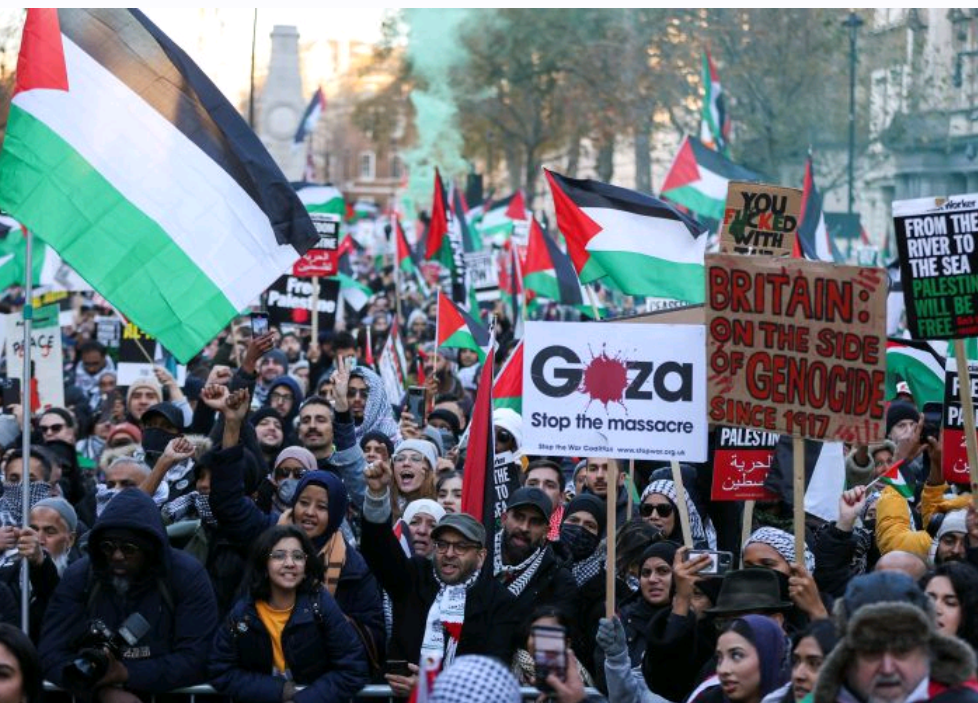

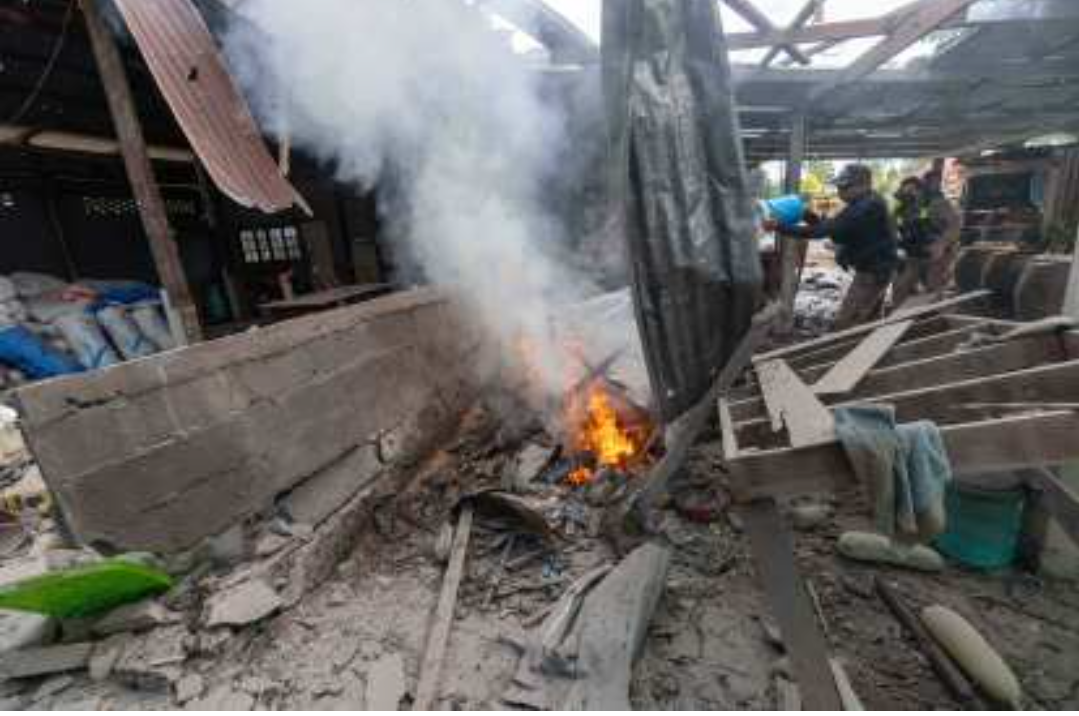
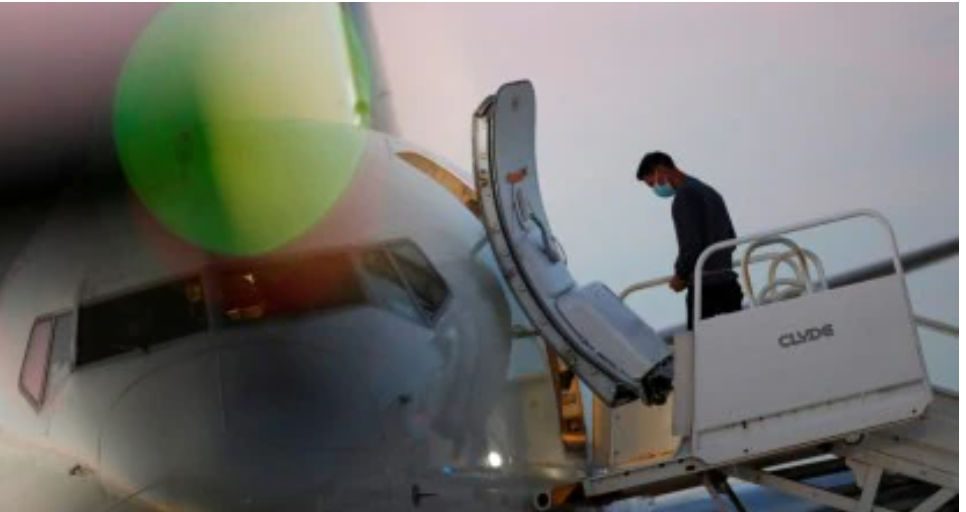
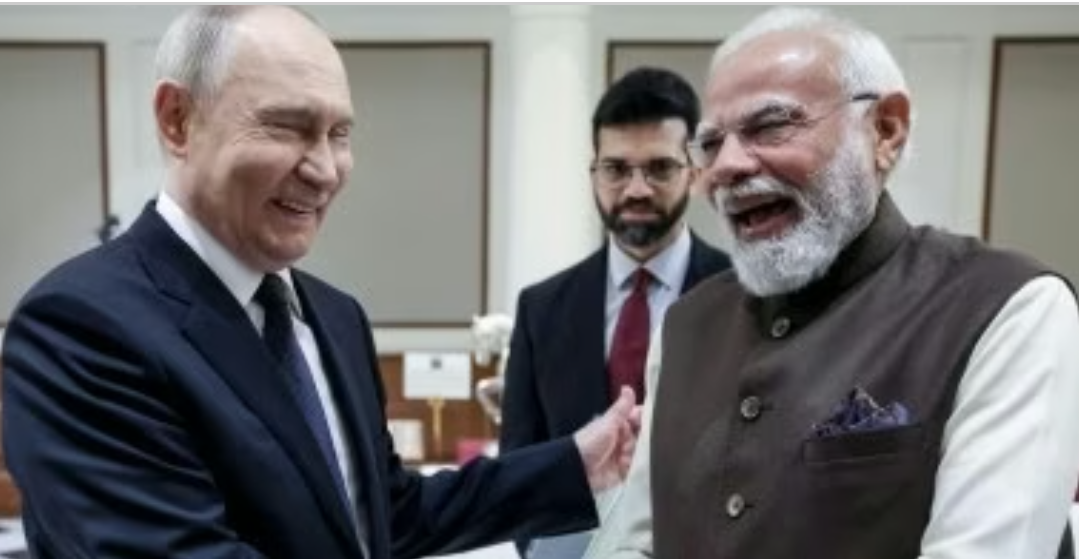
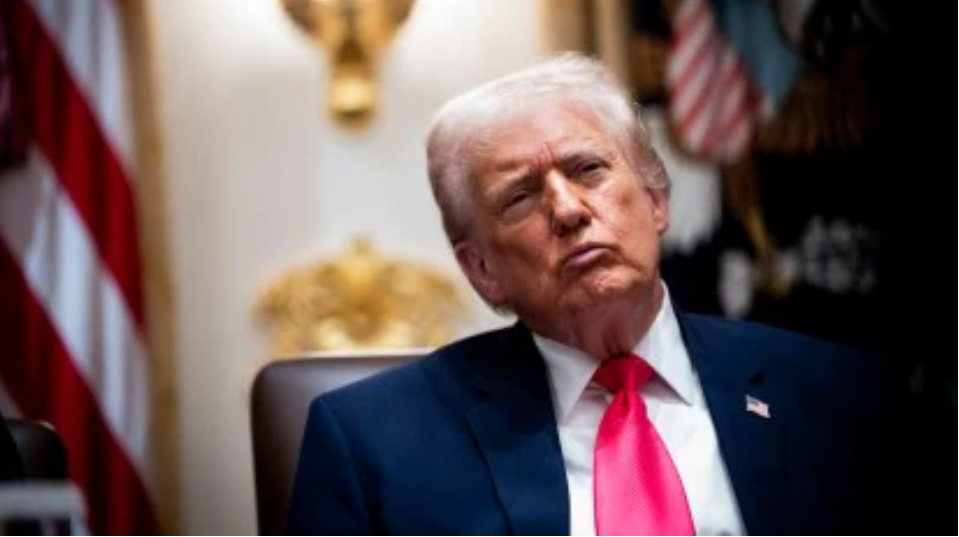
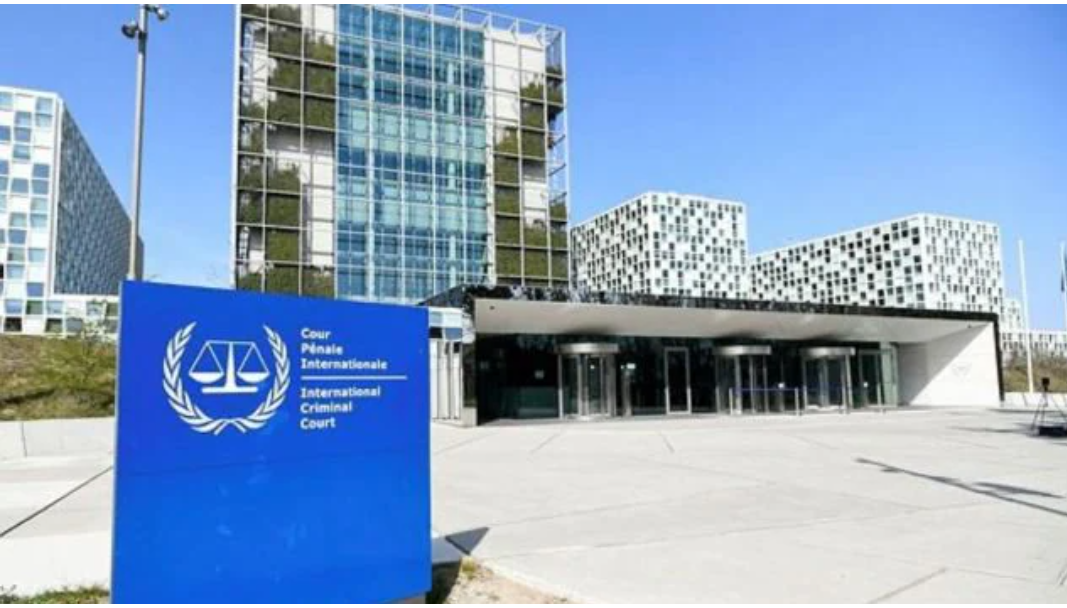

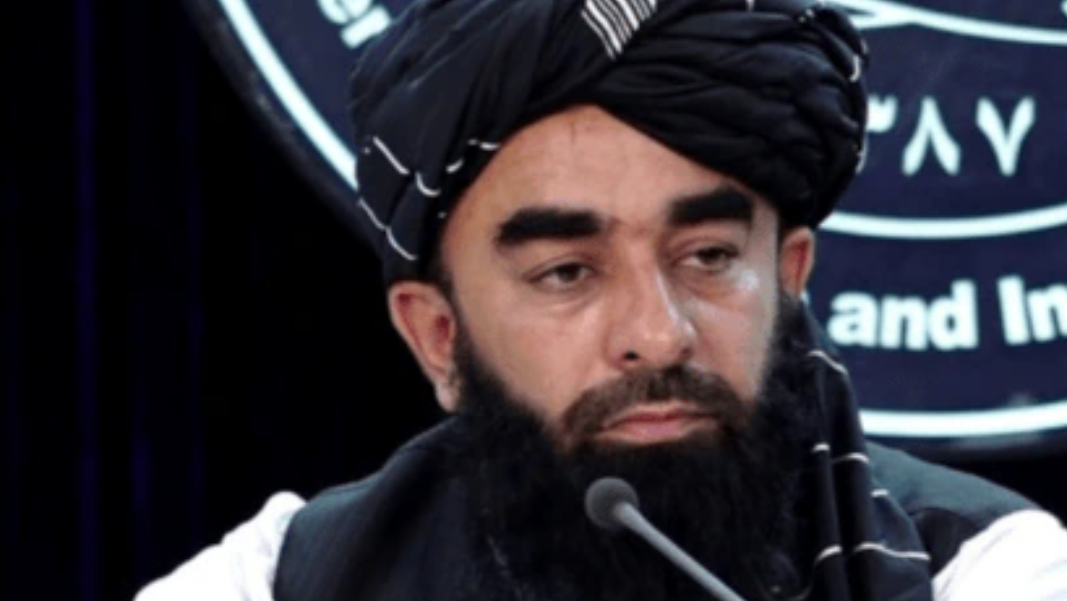

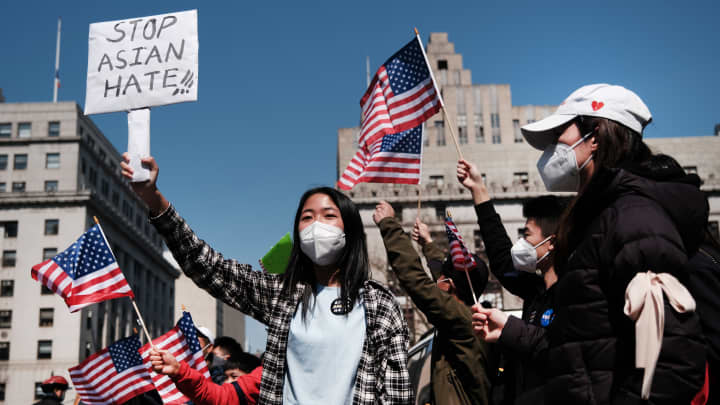




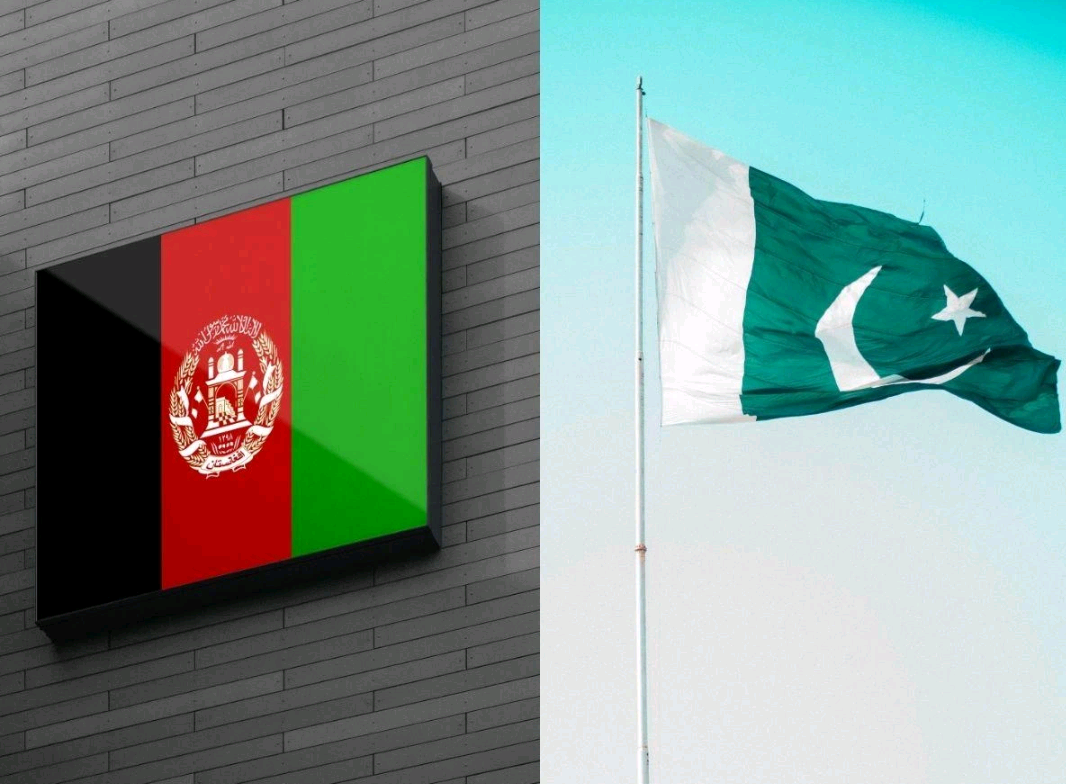
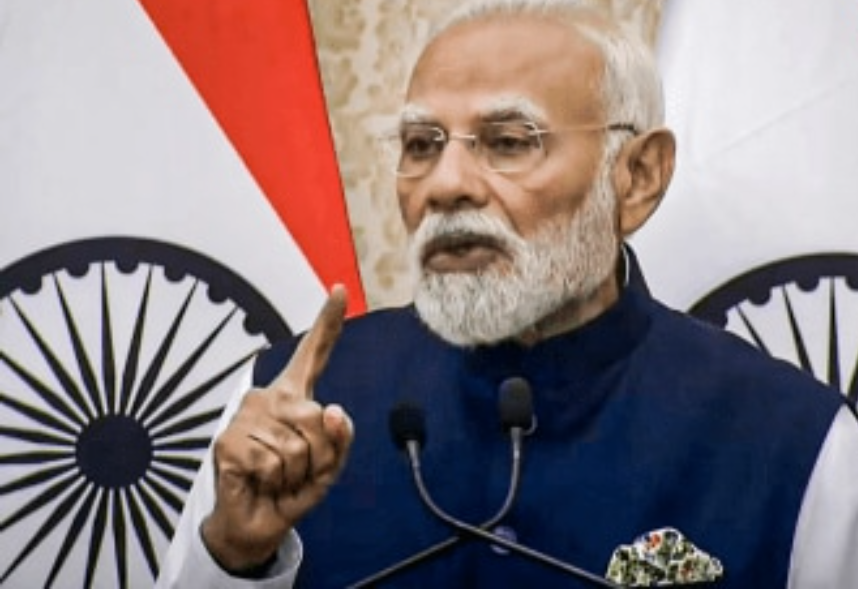

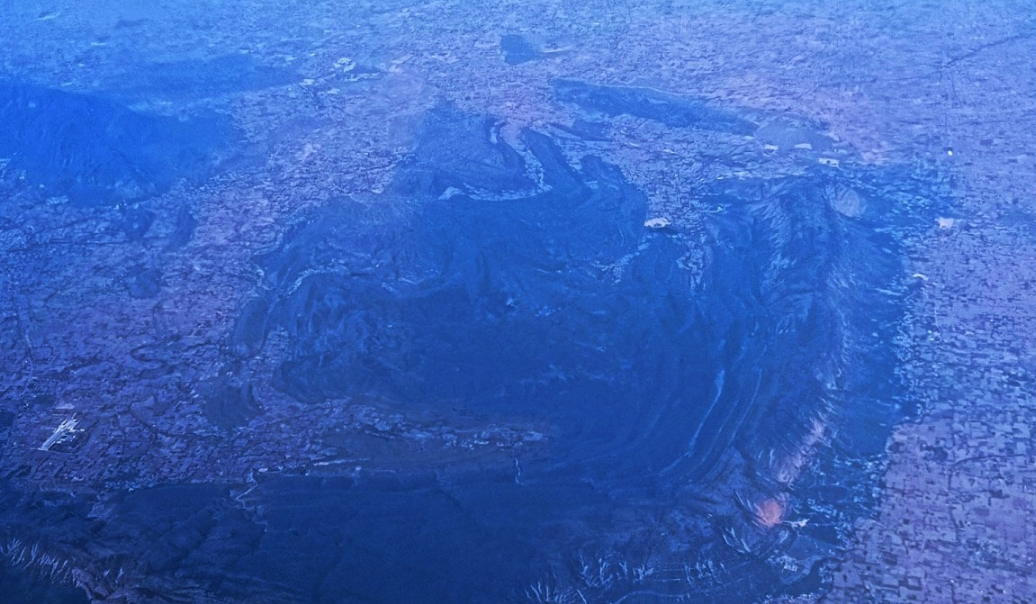
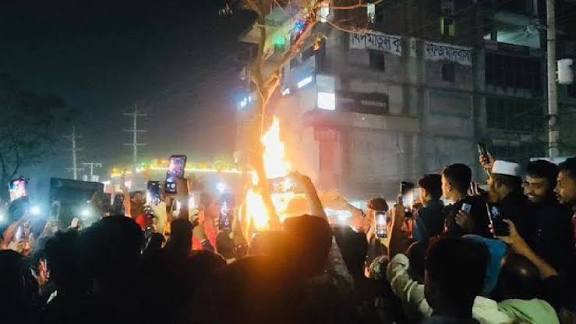
Leave a Reply